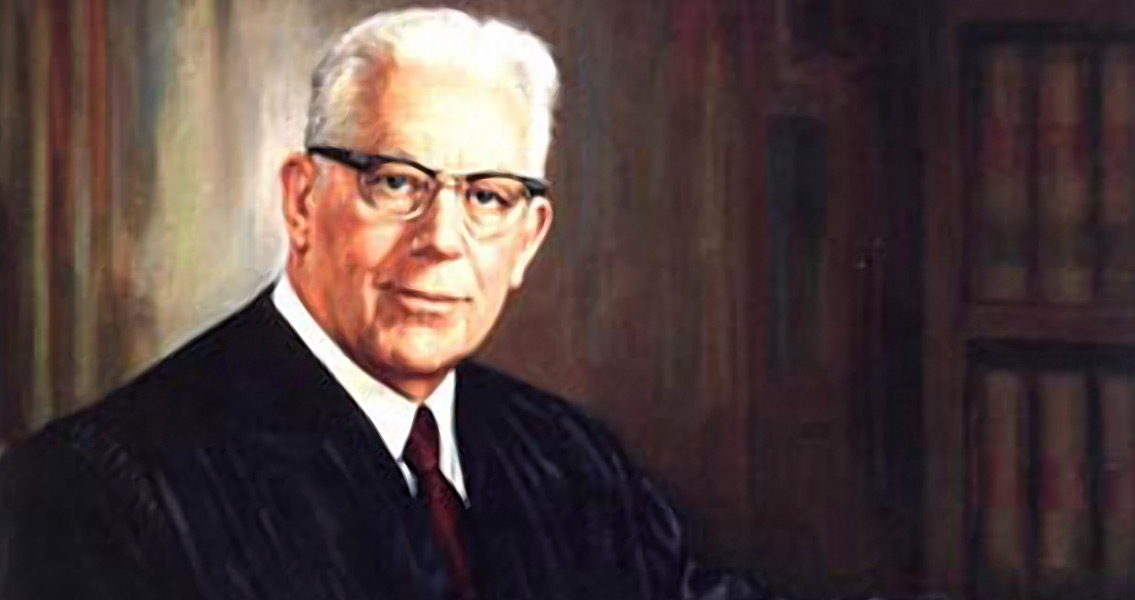<![CDATA[52 years ago, with the United States still in shock at the assassination of president John F. Kennedy, the Warren Commission was launched to investigate the events that had taken place in Dallas on 22nd November, 1963. Setting up the Warren Commission was one of the first official acts of Kennedy's successor, President Lyndon B. Johnson. Supreme Court Chief Justice Earl Warren, who was placed at the head of the Commission, would work for the next eleven months alongside future US President Gerald Ford, Allen Dulles - the former head of the CIA who was fired by Kennedy after the Bay of Pigs incident - and former president of the World Bank; John J. McCloy. The Commission also included several US senators – Hale Boggs, Richard Russell Jr. and John Sherman Cooper. Initially, Johnson had been reluctant to launch a full federal investigation, preferring to leave the Texan authorities to deal with the murder. It was only after the US Senate and the House of Representatives announced plans to launch their own investigations that Johnson acted, hoping to create a single, definitive report on the shooting and avoid conflicting 'official' accounts. Writing in his biography years later, Johnson explained that through issuing Executive Order 11130, which initiated the Warren Commission, he hoped to deal with the confusion and disorientation "like a bunch of cattle caught in a swamp" which had descended over the United States. The conspiracy theories which still surround the assassination had started to stir, and the Warren Commission was a clear attempt to reaffirm the government's ability to handle the situation. Many of those involved in the investigation, including Warren himself, were hesitant to take part. For many of the investigators Johnson had to go to great lengths to persuade them, and in the case of the likes of Senator Richard Russell, even force them to participate despite their flat refusal to do so. At the heart of the paranoia which had gripped the USA was the assassin himself, Lee Harvey Oswald. Arrested shortly after Kennedy's death, Oswald was himself shot and killed by Jack Ruby on 24th November, as police were transporting him to the county jail. Kennedy's assailant had been killed before he could be thoroughly interrogated. His motives remained unclear, and fueled the ambiguity around the whole event. Suggestions started to arise that Oswald may have been acting with the support of either the Cuban government or the Soviet Union, accusations furthered by the fact that Kennedy's death came just over a year after the Cuban Missile Crisis. Over eleven months the Commission looked at a host of information, including FBI and CIA files, and even going as far as organising unofficial interviews with Fidel Castro, in an attempt to clear up the suspicion of Cuban involvement. The investigators concluded that Kennedy's death had been the work of a lone gunman, Lee Harvey Oswald, but there was widespread dissatisfaction with the conclusion, and the methods used. Crucially, the investigation failed to answer the most pertinent question - what had Oswald's motives been? In addition, it soon came to light that both the FBI and CIA had withheld information, bringing into question just how comprehensive the final Warren Report really was. Just as importantly, Warren, a personal friend of the Kennedys, refused to allow the other commission members to see the photos from Kennedy's autopsy, further arousing suspicion. Faith in the Warren Report's findings plummeted soon after its publication. In 1979 another report was commissioned by the United States House Select Committee, which would go on to disagree with the Warren Report and claim Oswald had likely been part of a bigger conspiracy. Since then claims have been made discrediting both reports into Kennedy's death and further fuelling conspiracy theories. The continued insistence by authorities to withhold certain documents, means the mystery around Kennedy's death continues.]]>
Warren Commission Launched into Kennedy Assassination
